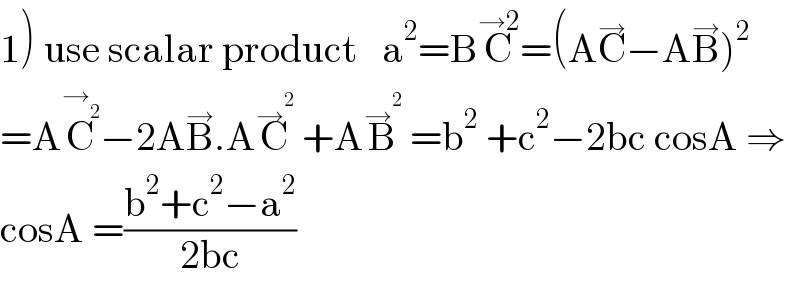
Question and Answers Forum
Question Number 141457 by gajmer last updated on 19/May/21

Answered by mathmax by abdo last updated on 19/May/21
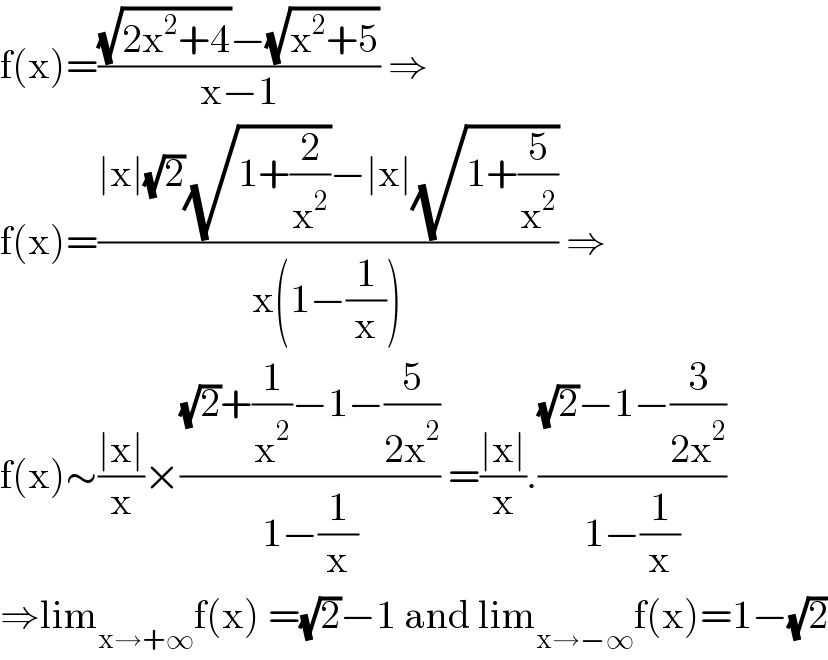
Answered by bramlexs22 last updated on 19/May/21
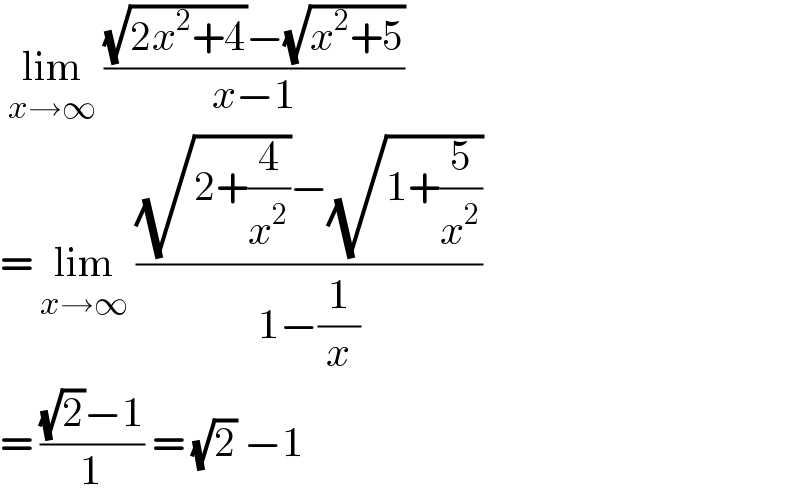
Answered by bramlexs22 last updated on 19/May/21
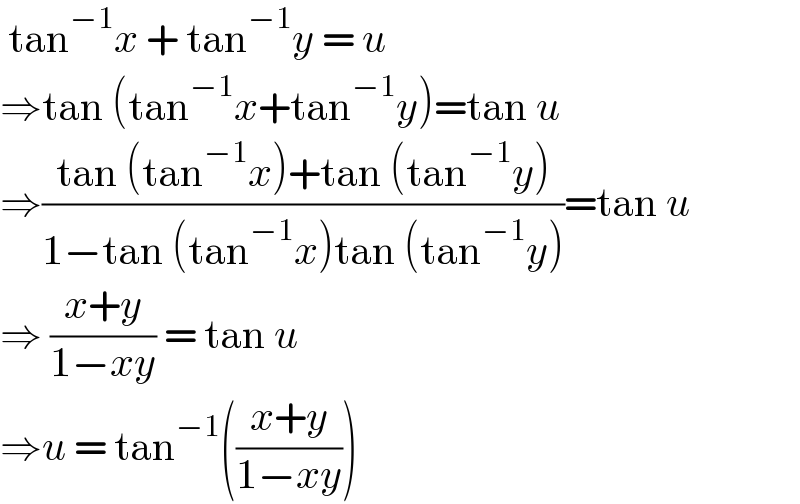
Answered by mathmax by abdo last updated on 19/May/21

Answered by bramlexs22 last updated on 19/May/21
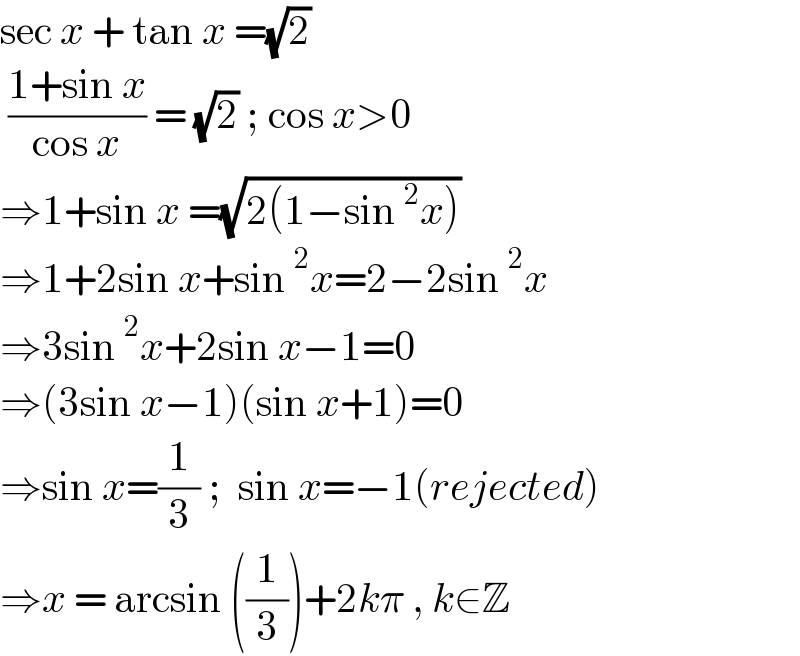
Answered by mathmax by abdo last updated on 19/May/21
